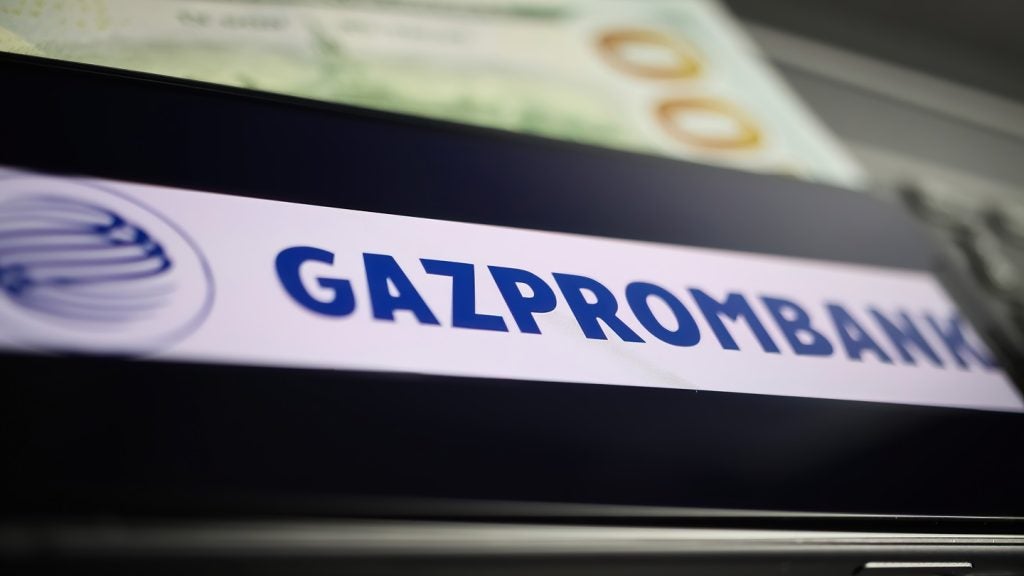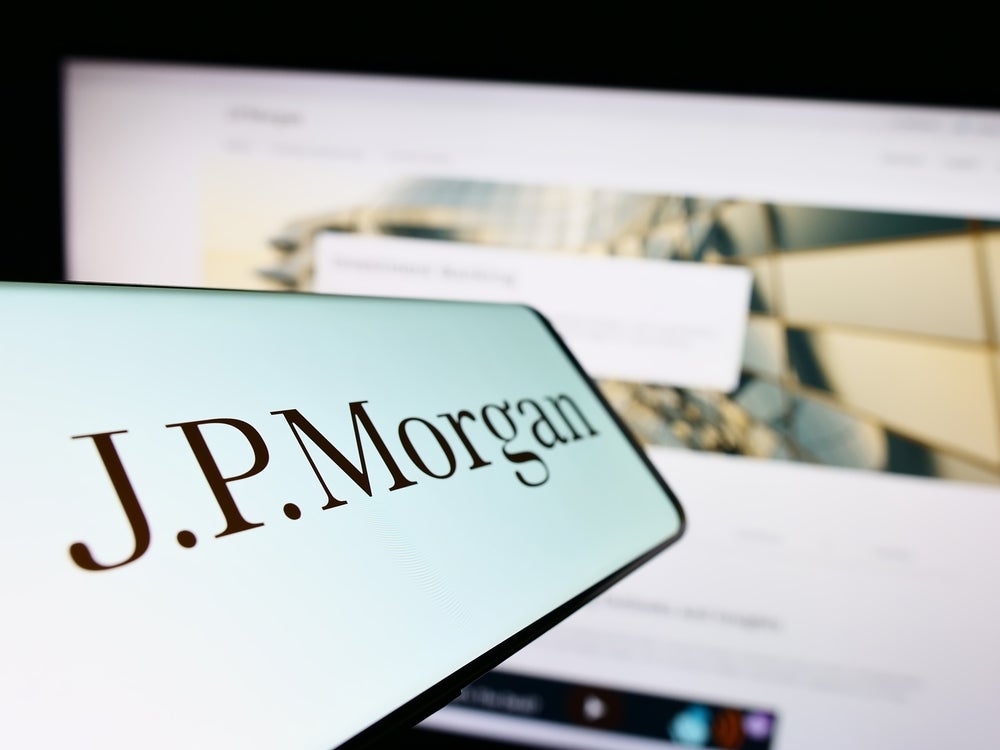“We see emerging technologies in the banking sphere as a transformative arena for us to deepen our relationships with clients,” Hisham Salama, Toronto Dominion (TD)’s head of digital payments tells RBI.
“TD wants to be very convenient for our customers – this is a core part of who we are at TD. We always try to ensure our technology innovation has a customer-centric approach. We evaluate the spectrum of what technology is emerging and what is actually available, but we wouldn’t necessarily offer it to our customers.”
Salama has worked for TD since 2012, initially covering digital banking security, and for the last two years emerging and digital payments. He had held various roles in the digital space at Bank of America in the previous seven years.
“When a new piece of technology emerges and comes across the desk of someone at TD, we generally want to run a proof of concept to try it out,” says Salama.
“This is where our technology partners such as (US-based IT firm) Cisco are great in helping to enable these ideas. As head of the digital payments team, my first issue to solve is: can this device make a payment?”
Salama says that TD spends a lot of time talking to customer focus groups when it designs a new payment technology.
“We’re finding from these discussions with clients that people are using online and mobile banking so differently – there are things you use your mobile phone for and things you use your PC for.
How well do you really know your competitors?
Access the most comprehensive Company Profiles on the market, powered by GlobalData. Save hours of research. Gain competitive edge.

Thank you!
Your download email will arrive shortly
Not ready to buy yet? Download a free sample
We are confident about the unique quality of our Company Profiles. However, we want you to make the most beneficial decision for your business, so we offer a free sample that you can download by submitting the below form
By GlobalData“So the products we’re creating are all about being customer-centric – what do you need to have on a mobile device versus what do you need on an online platform for PCs and laptops?”
From an omnichannel perspective, TD is finding that consumers are migrating to ‘mobile first’.
“Through hours of discussions with our customers and looking at data, we saw that our customers are very mobile-focused,” says Salama.
“So this is why we partnered with [US-based neo-bank] Moven on our mobile-only TD MySpend personal financial management (PFM) app.”
Wearables
The Apple Watch provides an example of a technology that TD immediately knew it had to participate in, Salama says.
“We knew from speaking with our customers and doing market research that wearables was a space we wanted to play in from day one,” he says.
In Canada, only TD’s mobile banking app is available on the Apple Watch, whereas customers of its US subsidiary TD Bank can make payments via Apple Pay using Apple’s wearable device. In 2015, TD carried out a contactless NFC payments trial in Canada involving the Nymi Band, a wearable smartband that uses the wearer’s heartbeat to authenticate transactions.
“We were able to carry out multiple payments as a proof of concept using the Nymi Band,” says Salama.
“So now we’re looking at Nymi’s technology and holding internal discussions with our innovation team to determine what we want to move forward with.”
TD’s pilot only involved using one payment card on Nymi Band.
“Consumer expectations are going to change in the future so, as rewards and loyalty become integral to wearables, consumers will want the ability to switch payment cards,” says Salama.
“We need to ensure we offer technology that is very flexible and that anything we put into the market meets consumer expectations such as the ability to use multiple payment and loyalty cards on wearables.”
Salama says that TD is looking at peer-to-peer (P2P) payments, for example embedding P2P transfers within social media.
“We at TD continue to evaluate what is happening in areas such as loyalty gifting and money movement, and, when we find the right product to deliver to our customers, we will do so,” he says.
Ugo Wallet a Canadian open mobile wallet in which TD participates, already offers a P2P transfer capability to its wallet-holders, Salama notes. TD customers can load their TD credit cards in the NFC-based wallet, which is offered by Ugo Mobile Solutions.
Like other banks, TD is following developments with Faster Payments, Salama says. Both Canada and the US are among countries which plan to migrate their payment systems to Faster Payments.
“Globally, as ISO 20022 [the global payments messaging standard] becomes mandated and a common centrepiece, every market will be looking at adopting Faster Payments,” Salama says.
“Every bank I’ve spoken to around the world is keeping an eye on Faster Payments.”
TD is exploring the potential of offering cardless mobile ATM withdrawals in Canada and the US, says Salama. “We will embed mobile ATM access into our mobile banking app,” he says.
In March 2016, TD became the first Canadian bank to use the host card emulation (HCE)-based Visa Tokenisation Service in its new Android mobile payments app. RBC, by contrast, uses proprietary tokenisation technology in its mobile payments app.
“Tokenisation provided by a card network such as Visa is now the de facto standard,” Salama says.
In a tokenisation scheme, a token is used to represent a card number at the point of sale, with the actual card information being stored in the cloud by the issuer.
In April 2016, TD launched its TD MySpend app in Canada, based on its collaboration with Moven. In December 2014, TD signed an agreement for the exclusive Canadian rights to Moven’s PFM app.
“We see TD MySpend as an easy way for clients to manage their finances,” says Salama.
“It is coupled very closely with the actual payments that customers make from their TD accounts. Unlike traditional money management software, when a client registers for TD MySpend, they don’t enter any information manually. We pull in all their transactions over a 13-month timeframe and do all the analysis for them. Also, we provide them with visual depictions of how they are performing and trending on a month-over-month basis.”
TD MySpend is mobile-only. “The client is walking down the street and needs to know if they can afford a new jacket,” Salama says.
“With one touch into the app, they see a visual and can make a decision instantly. Also, every time they use a TD credit or debit card or do an ATM transaction, they get a real-time anti-fraud notification within milliseconds. We’ve had very enthusiastic feedback on MySpend on Google Play and the Apple App Store.”
In September 2015, TD signed an exclusive Canadian agreement with tech firm Flybits to provide TD’s Canadian mobile banking customers with more personalised experiences.
Flybits’ cloud-based software enables mobile apps to deliver contextual experiences to each user, including personalised financial advice and relevant content and services.
“A focus for TD’s digital roadmap is to create more intuitive, personalised experiences that make customers’ lives simpler,” says Rizwan Khalfan, TD’s senior vice-president and chief digital officer.
TD is taking a great interest in the Internet of Things (IoT).
“The Internet of Things ties back to consumers’ day-to-day life, and there are banking and payment needs in every-day life,” says Salama.
“For example, your smart fridge can tell you that you need to buy more milk, or you manage your Netflix account which has your card on file from your smart TV.”
“As the IoT takes off, we want to be there for our clients,” Jeff Martin, TD’s CIO for channels, says.
“Once IoT technology grows, the security and trust offered by TD will really come into play,” says Salama.
“We could tell customers: ‘Sure, you’re buying this new smart appliance with a payment capability, and we will be able to protect you.’
“The phrase that fits best in IoT is ‘connected commerce’; this is how the world is evolving. Ten years from now, every device and every utility that you use will be connected to you.”
Innovation labs
“Most banks have an innovation unit, but we are taking a different approach,” says Salama.
“Instead of having just one innovation bet, we have multiple bets. We have different minds from very diverse demographics examining different types of technology. Having these different demographics in our labs is important, as they will be thinking about different problems to solve, since all our customers are not the same.”
In 2014, TD established the TD Lab at Communitech, a technology hub based in Ontario’s high-tech Waterloo region, which involves students from local universities seconded to work with TD staff. The Waterloo area is home to some of Canada’s most innovative high-tech companies and University researchers.
“We created the TD Lab at Communitech to get closer to the startup community,” says Martin.
“We’ve been very successful at using the Lab to understand the startups’ methodology, and use their methodology for exploring ideas and proof of concept around customer experience.”
The TD Lab did an IoT proof of concept involving linking Nest thermostats to a TD mobile app.
“The idea was that you could not only control the thermostat via the mobile app but also see what the savings would be by turning down the thermostat and put these savings into your retirement plan,” says Martin.
“This is an example of how banking could connect with the IoT.”
Since January 2016, TD has been partnering with Cisco on technology solutions targeting customer and employee experience in Cisco’s Toronto Innovation Centre.
“With Cisco, we are partnering with a major IT firm which is very innovative. We are working with them on smart buildings, call centre technologies, employee mobility and, especially, the IoT,” says Martin.
“We also have the Waterloo Region Tech Centre which is an accelerator enabling TD employees to bring new ideas to market in a fast way,” says Salama.
“We created the Waterloo Region Tech Centre with developers in mind, so it’s very un-bank-like. The Waterloo Region Tech Centre is leveraging the ecosystem of talent in the Waterloo region to build innovative digital systems for TD,” says Martin.
“We want to bring quickly products that the Tech Centre team develops to our customers, get feedback from customers and essentially co-design the products with them.”
One example is a family allowance test app which helps TD customers to teach their children about responsible money management. The app was originally developed by the TD Lab at Communitech.
“We solicit ideas from our entire workforce, and one suggestion was for a banking app for game consoles or the Apple TV,” says Martin.
“The TD Lab then built a proof of concept for a TV set-top box, but decided that you wouldn’t do your banking on a set-top, since you can bank on your phone.
“Then they thought parents might want to teach their young children about financial literacy using set-top boxes. Eventually, this turned into the Family Allowance test app for Android- and iOS-based phones, which is run out of the Waterloo Region Tech Centre.”
In September 2015, TD joined a consortium led by US software firm R3 which is exploring how blockchain technology will shape the financial services industry. Currently, the R3 consortium comprises 42 global banks.
Originally created to record Bitcoin transactions, the blockchain is a decentralised ledger, verified and shared by a global computer network, which can be used to exchange data, including commodities or currencies, without a centralised clearing house.
According to the Aite Group’s Blockchain: What Is It Good for? Absolutely Something report, the blockchain has great potential to disrupt many aspects of financial services by lowering costs, reducing barriers to entry, supporting new products and services, and disintermediating players that have been central for many years.
In January 2016, TD was one of 11 banks belonging to the R3 consortium which carried out a test involving the transfer of virtual currency to each other via the blockchain without a centralised third party.
“At TD, we view the blockchain as an important new innovation that holds great promise, but is still in the very early stages of its evolution,” Chris Owen, vice-president, enterprise platforms, TD Bank Group, says.
“Over the last two years, TD has run a number of successful test cases and pilots that have brought notable efficiencies to several of our existing products and processes.
“But what is most exciting about blockchain technology is its potential to create new markets and enable ways of doing things we haven’t yet imagined. That said, much of the benefit associated with blockchain requires external engagement.”







